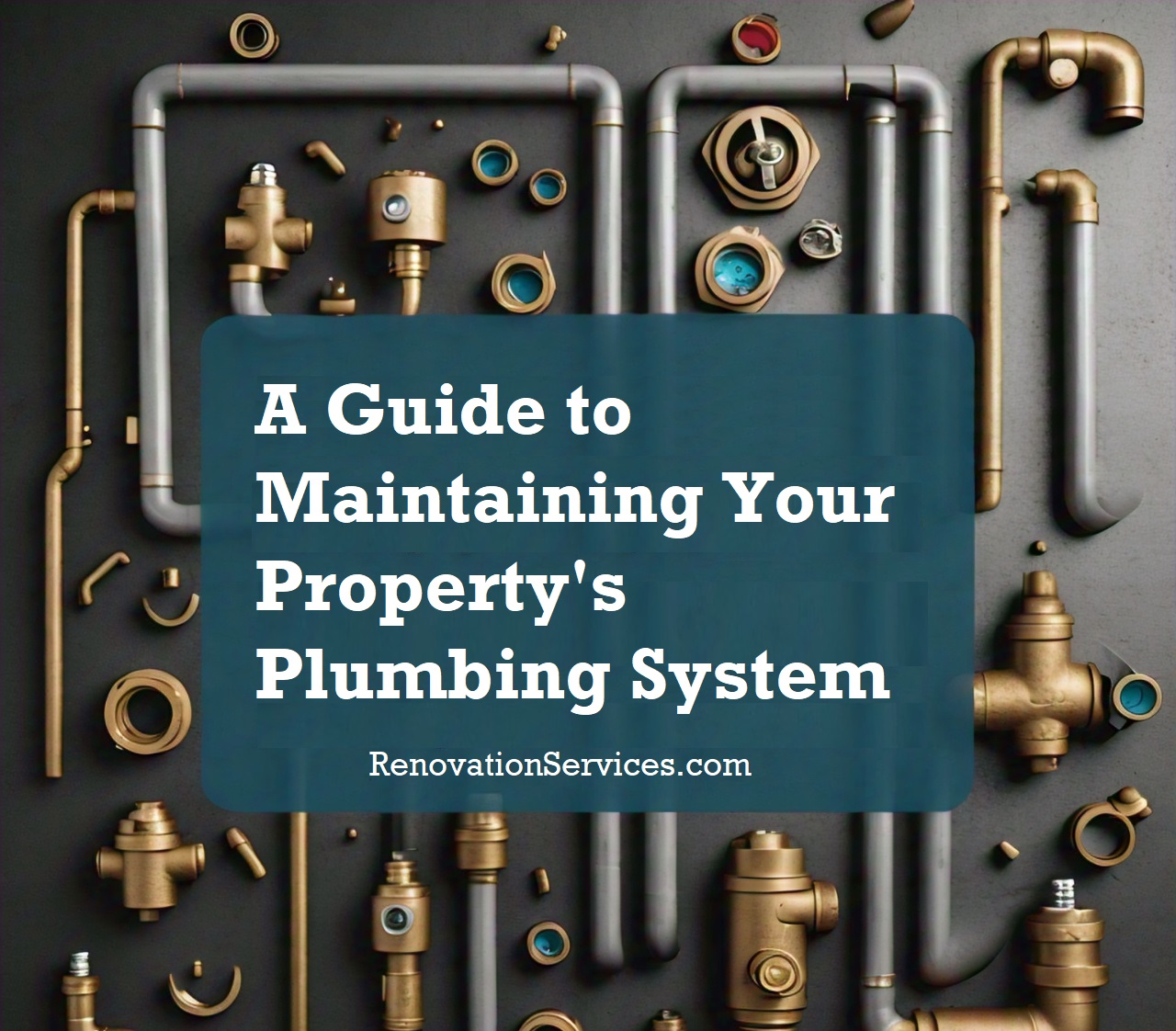Written by James
With over 20 years of rich experience in the renovation and construction industry, James stands as a beacon of knowledge and innovation in home improvement. Beginning his career as an apprentice in a small local construction firm, James quickly rose through the ranks, driven by an unwavering passion for transforming spaces and a deep understanding of the intricacies of building and design.
James's journey in the world of renovation has been marked by a constant quest for learning and evolution. He has played pivotal roles in diverse projects, ranging from quaint residential remodels to large-scale commercial renovations. This extensive hands-on experience has equipped James with an unparalleled understanding of different materials, techniques, and trends in the renovation industry.
Recognized for his ability to blend functionality with aesthetics, James has earned accolades for his innovative approach to design. He believes that every space tells a story and sees himself as a medium to bring that story to life. His design philosophy centers around creating spaces that are not only visually stunning but also deeply resonate with the inhabitants' lifestyle and preferences.
James is also an advocate for sustainable and eco-friendly renovation practices. He has been a forerunner in adopting green building standards and educating clients and peers about the importance of environmentally responsible construction methods.
At RenovationServices.com, James shares his wealth of knowledge, offering insights into the latest trends, practical tips for homeowners, and inspirational ideas to help readers envision and achieve their dream spaces. His articles are a testament to his expertise and commitment to helping others discover the joy and potential in renovating and redesigning their homes.






